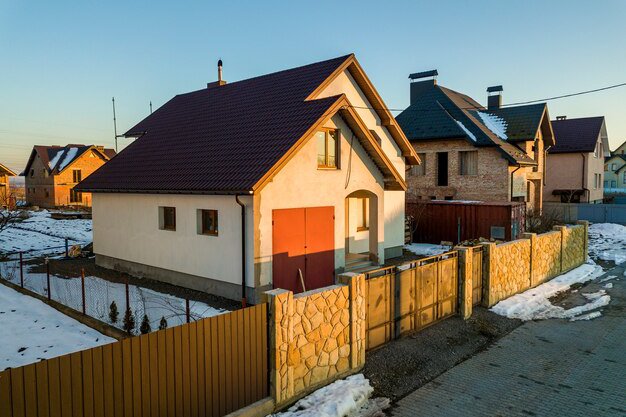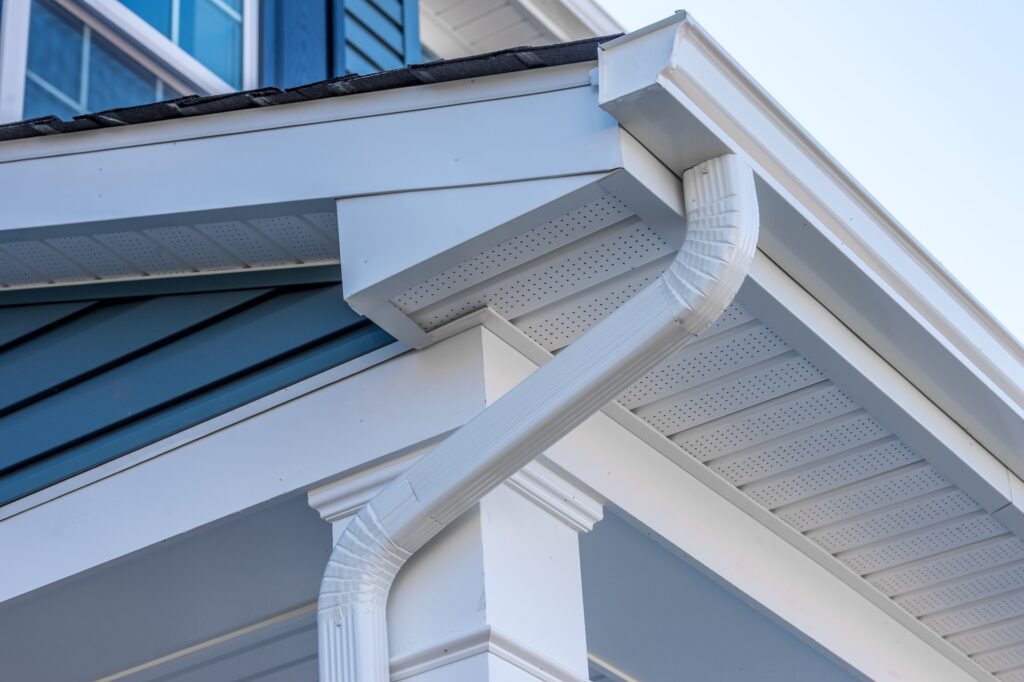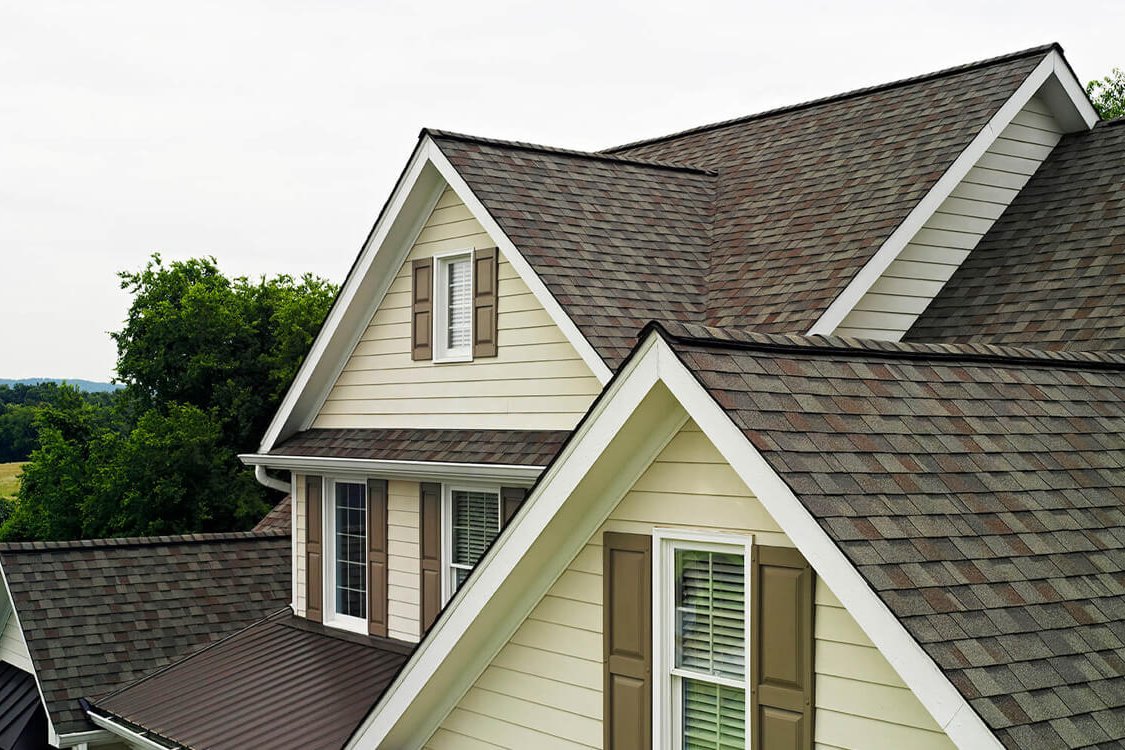Residential Roofing Guide for Homeowners in Beaverton, Oregon
Your roof is arguably the most critical component protecting your home from the elements. In a region like Beaverton, Oregon, where rainfall is frequent and weather can shift, ensuring your roof is in optimal condition isn't just about curb appeal; it's essential for the structural integrity and longevity of your property. Understanding the basics of residential roofing – from identifying potential issues to knowing when it's time for repair or replacement – empowers you to make informed decisions that safeguard your investment. This guide provides homeowners with the knowledge needed to navigate the complexities of roofing, tailored to the considerations of the Pacific Northwest climate.
Understanding the Lifespan of Your Roof
The lifespan of a residential roof varies significantly depending on the material used, the quality of installation, and the local climate. Asphalt shingles, the most common roofing material, typically last between 20 and 30 years. Architectural or dimensional shingles often have a longer life, sometimes exceeding 30 years. Other materials like metal can last 50 years or more, while tile or slate roofs can last a century or longer with proper maintenance.
However, factors like exposure to sun, wind, rain, and debris can accelerate wear and tear. In areas with heavy tree cover, like many neighborhoods around Beaverton, constant shade can promote moss and algae growth, which can significantly reduce the lifespan of some roofing materials if not managed.
Signs Your Roof May Need Attention
Being proactive about roof maintenance and inspection can save you significant costs and headaches down the line. Many roofing problems start small but can lead to major structural damage if ignored. Here are key signs that your roof may need professional attention:
- Missing or Damaged Shingles: Shingles can be blown off by wind, cracked by hail, or become brittle with age. Missing or damaged shingles leave underlying layers exposed to water.
- Curling or Buckling Shingles: This indicates that shingles are absorbing moisture or are past their lifespan. Curling shingles can lift, allowing water and wind to penetrate underneath.
- Granule Loss: Asphalt shingles are covered in granules that protect the asphalt layer from UV rays. If you see large amounts of granules accumulating in your gutters or on the ground, it means the shingles are deteriorating.
- Moss and Algae Growth: While algae might just be a cosmetic issue (though it can indicate moisture retention), moss holds moisture against the shingles, which can cause them to deteriorate, buckle, and lift. This is a particularly common issue in damp climates.
- Water Stains or Leaks Inside: Stains on your ceiling or walls, especially on the top floor, are a clear sign of a roof leak. Leaks can originate far from where the stain appears, traveling along rafters and walls.
- Sagging Roof Deck: A sagging roofline is a serious structural issue that could indicate damaged or weakened roof decking or framing, often due to prolonged water damage.
- Damaged Flashing: Flashing is the material (often metal) used around chimneys, vents, skylights, and in valleys to create a watertight seal. Cracked, bent, or missing flashing is a frequent source of leaks.
- Gutters and Downspouts Issues: Clogged gutters can cause water to back up onto the roof, leading to ice dams in colder weather (though less common in Beaverton than colder climates, still possible) or water infiltration under the eaves. Damaged downspouts mean water isn't being directed away from the foundation.
Identifying these signs early is crucial. For non-urgent assessments, perhaps for budget planning or evaluating the general condition of your roof, getting a preliminary estimate can be a helpful first step.
Planning a future roof project or simply curious about potential costs? Get a swift, satellite-based estimate without an in-person visit.
Get your free instant roof estimate
However, if you observe signs like active leaks or significant storm damage, these require immediate professional assessment.
For urgent situations such as active leaks or storm damage, don't wait. Schedule a professional to inspect your roof right away.
Book a roofing appointment
Types of Residential Roofing Materials
Choosing the right roofing material involves considering cost, durability, aesthetics, and suitability for the local climate. Here are some common options:
Asphalt Shingles
Asphalt shingles are the most popular choice due to their affordability, ease of installation, and wide variety of colors and styles. There are two main types:
- 3-Tab Shingles: Older style, flatter appearance, typically less expensive, and shorter lifespan (20-25 years). Less resistant to wind.
- Architectural (Dimensional) Shingles: Thicker, multi-layered, creating a more textured, aesthetic look. More durable, better wind resistance, and longer lifespan (25-40 years). This is the most common type installed today.
Asphalt shingles perform reasonably well in the Beaverton climate but require vigilance against moss growth.
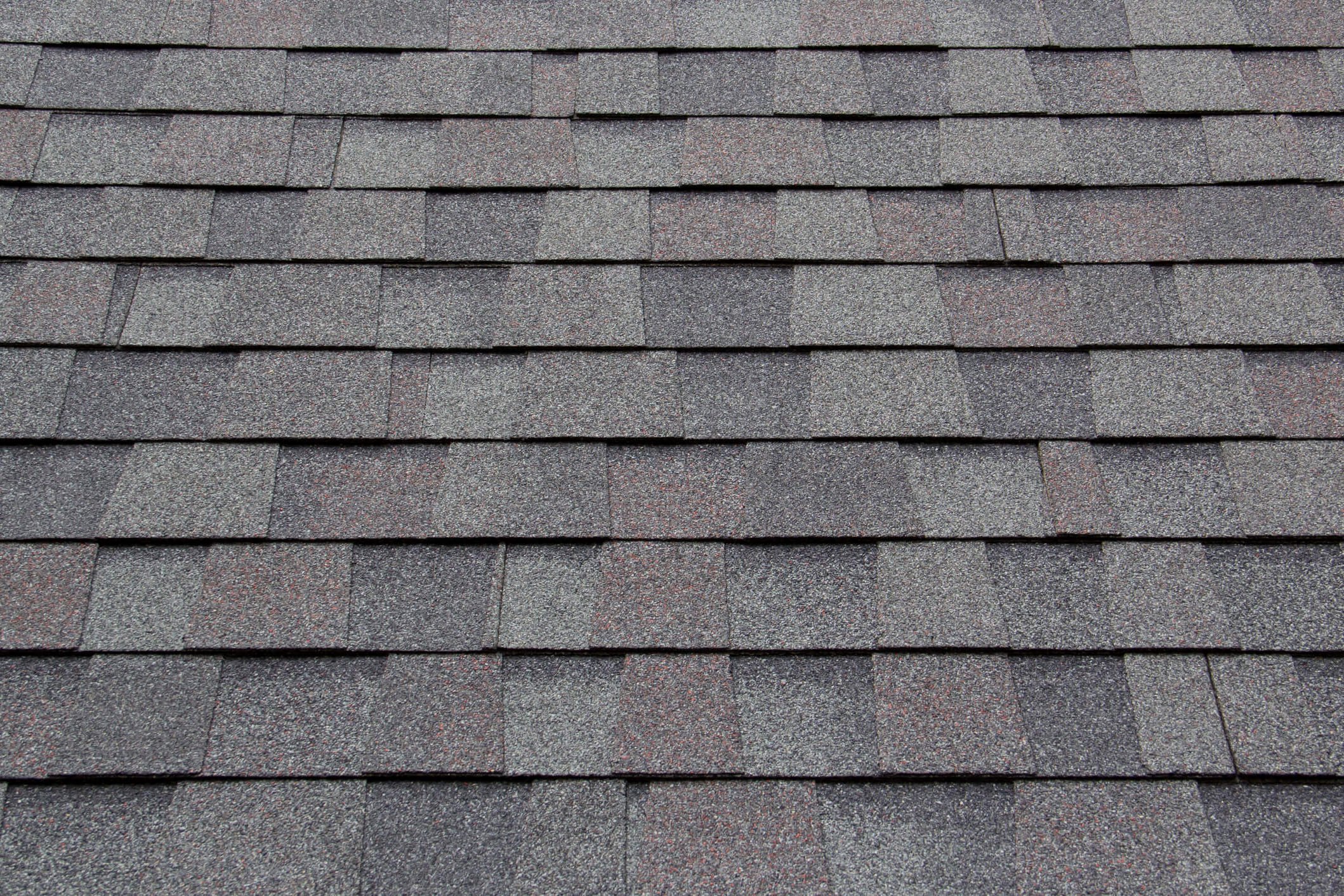
Metal Roofing
Metal roofs, such as standing seam or corrugated panels, are known for their exceptional durability, longevity (50+ years), fire resistance, and ability to shed water and snow effectively. They are more expensive upfront than asphalt but offer a strong return on investment over their lifetime. Metal roofs are resistant to moss growth and can withstand high winds, making them a robust option for the Pacific Northwest.
Wood Shakes and Shingles
Wood roofing offers a natural, aesthetically pleasing look. Shakes are hand-split, giving a rustic, textured appearance, while shingles are sawn smooth. While beautiful, wood roofs require significant maintenance in wet climates to prevent moss and rot. Their lifespan varies depending on maintenance and climate but is generally less than metal or tile. Due to fire concerns and maintenance needs, they are less common in some areas now.
Tile Roofing
Clay or concrete tiles offer a distinct, often Mediterranean or Spanish style, and are extremely durable and long-lasting (50-100+ years). They are heavy and require a strong roof structure to support their weight. Tiles are fire-resistant and perform well in various climates, though they can be susceptible to breakage from impacts. They shed water well but require maintenance to keep valleys and edges free of debris where moss can accumulate.
Synthetic Roofing
Synthetic roofing materials, often made from recycled plastics or rubber, are designed to mimic the look of slate, wood shake, or tile but with enhanced durability, lighter weight, and lower maintenance. They are resistant to rot, insects, and cracking, and many are designed to inhibit moss growth. Synthetic options offer a good balance of aesthetics, performance, and longevity, often with a lifespan comparable to metal or high-end asphalt shingles.
The Importance of Roof Ventilation and Insulation
A healthy roof system involves more than just the exterior covering. Proper attic ventilation and insulation are critical for the longevity of your roof and the energy efficiency of your home.
Ventilation allows for airflow through the attic space, typically from soffit vents near the eaves to ridge vents or other exhaust vents at the peak. This airflow serves several purposes:
- Regulates Temperature: Prevents excessive heat buildup in the summer, which can age shingles prematurely.
- Manages Moisture: Removes moisture that rises from the living space or enters through minor leaks, preventing condensation that can lead to mold, mildew, and rot in the roof deck and structure.
- Prevents Ice Dams: In winter, ventilation helps keep the roof deck temperature consistent with the outside air, reducing the melting and refreezing of snow that causes ice dams. While ice dams are less frequent in Beaverton than colder climates, proper ventilation still helps manage moisture.
Insulation in the attic floor helps maintain consistent temperatures in the living space below and prevents heat from escaping into the attic in winter. This works with ventilation to keep the attic temperature close to the outside air, further preventing ice dams and reducing stress on roofing materials from extreme temperature fluctuations.
A well-ventilated and insulated attic contributes significantly to the lifespan of your roof and lowers your energy bills.
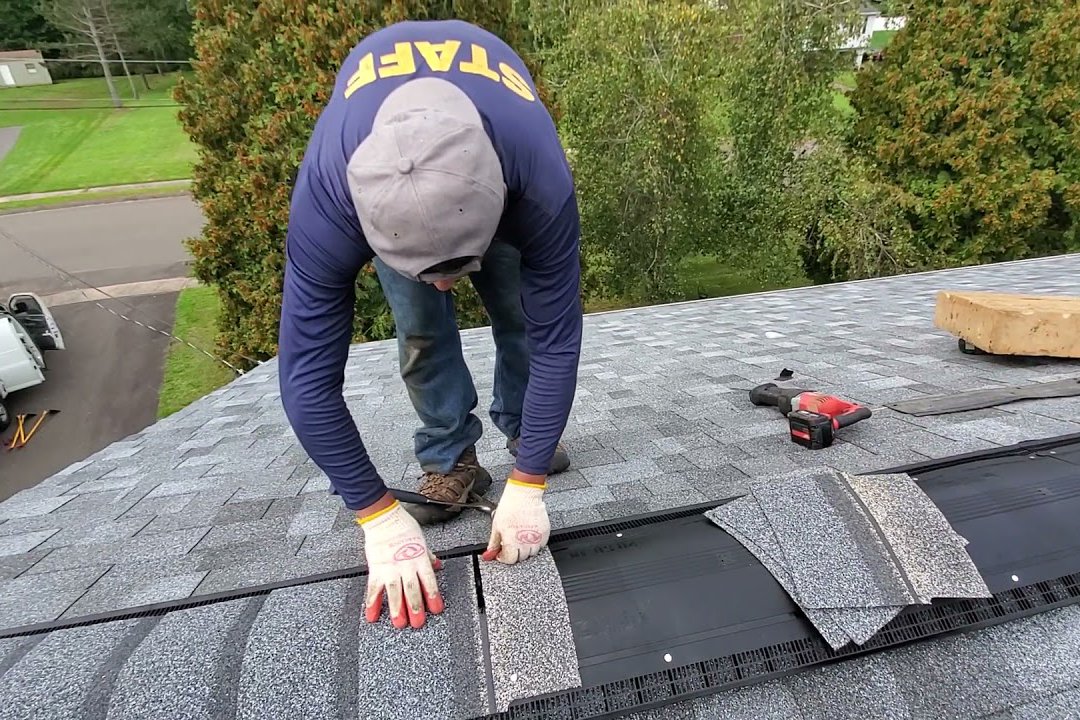
Understanding the Roof Replacement Process
Replacing a roof is a significant home improvement project. Knowing what to expect can help you prepare. The process typically involves several stages:
- Inspection and Estimate: A professional roofer assesses the current roof condition, measures the area, and provides an estimate based on the chosen materials and scope of work.
For a quick initial cost idea without a site visit, try getting an instant estimate based on satellite data.
Get your free instant roof estimate - Material Selection: You choose the roofing material, color, and style with guidance from the contractor.
- Scheduling: An appointment is scheduled for the work to be done.
Need to book a professional assessment or schedule work after receiving an estimate? Find and book a qualified local roofer directly.
Book a roofing appointment - Preparation: The roofing company prepares the site, covering landscaping, protecting walls, and setting up for debris removal.
- Old Roof Removal: The existing roofing material, underlayment, and flashing are stripped down to the roof deck. This is a noisy and messy process.
- Deck Inspection and Repair: The exposed roof deck (usually plywood or OSB) is inspected for damage, rot, or soft spots, and any necessary repairs are made.
- Underlayment Installation: A protective layer, typically synthetic or felt, is installed over the roof deck. Ice and water shield is installed in vulnerable areas like eaves and valleys, especially important in rainy areas to prevent water penetration.
- Flashing Installation: New flashing is installed around chimneys, vents, skylights, and in valleys to ensure watertight seals.
- Roofing Material Installation: The chosen roofing material (shingles, panels, tiles, etc.) is installed according to manufacturer specifications and local building codes. This includes starting rows, fastening materials correctly, and installing ridge caps and vents.
- Cleanup: All debris, including old roofing materials, nails, and packaging, is thoroughly cleaned up and removed from the property.
- Final Inspection: The contractor performs a final check of the work, and ideally, you also inspect the finished roof.
The duration of a roof replacement varies depending on the size and complexity of the roof, the material used, and weather conditions, but a typical residential asphalt shingle roof can often be completed in 1-3 days.
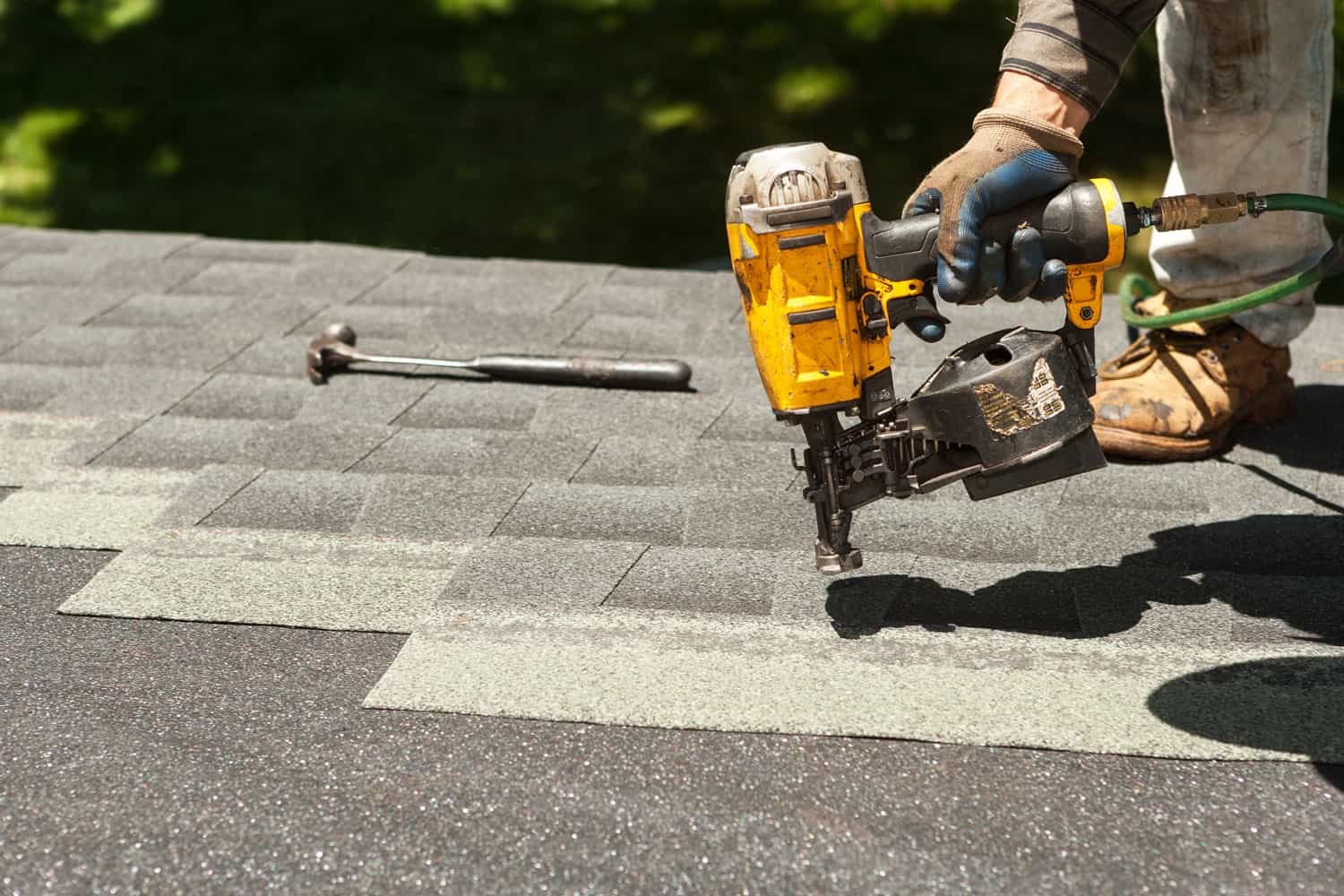
Essential Roof Maintenance for the Pacific Northwest
Regular maintenance is key to maximizing your roof's lifespan, especially in a climate prone to moisture like Beaverton.
- Regular Inspections: Periodically inspect your roof from the ground with binoculars, looking for missing or damaged shingles, signs of moss, or debris buildup. Ideally, have a professional inspection every 1-3 years, or after major storms.
- Gutter Cleaning: Keep gutters and downspouts clear of leaves, needles, and debris. Clogged gutters cause water to overflow onto the roof edges, potentially leading to rot or water infiltration.
- Moss and Algae Control: Given the prevalence of moss in damp climates, regular treatment and removal are crucial. Use recommended moss-killing products or methods, and consider installing zinc or copper strips near the ridge, which inhibit moss growth as rain washes over them. Never power wash asphalt shingles, as this can strip granules and damage the material.
- Trim Overhanging Branches: Branches scraping against the roof can damage shingles. Overhanging trees also deposit leaves and debris that hold moisture and encourage moss growth.
- Check Flashing: Ensure flashing around penetrations is intact and securely sealed.
- Monitor Attic: Periodically check your attic for signs of leaks, water stains on the underside of the roof deck, or unusual odors that could indicate mold or mildew.
Proactive maintenance helps catch small issues before they become major problems, extending the life of your roof and protecting your home.
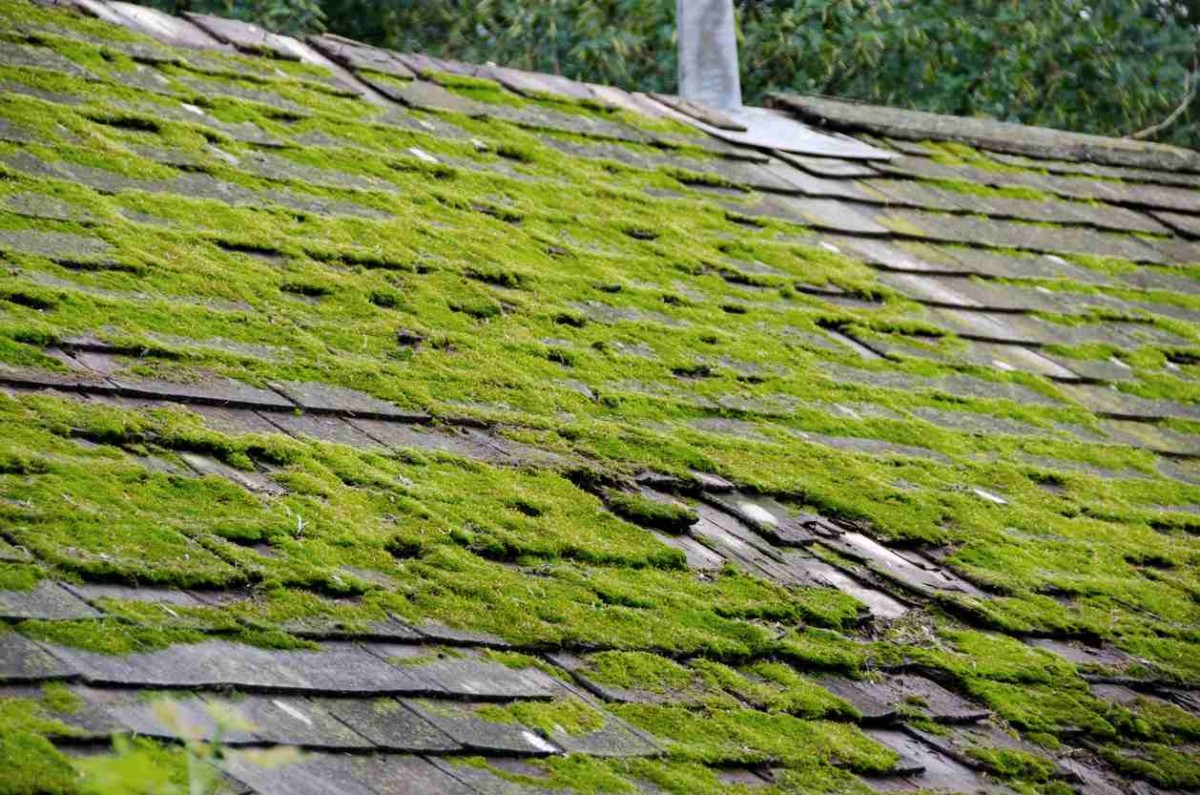
Choosing a Qualified Roofing Professional
Selecting the right roofing contractor is as important as choosing the right materials. A qualified professional ensures the job is done correctly, safely, and to code.
- Check for Licensing and Insurance: Ensure the contractor is properly licensed and carries both liability insurance and workers' compensation. This protects you from liability if there are accidents or damage during the project.
- Look for Local Experience: A contractor familiar with roofing in Beaverton and the surrounding areas will understand the specific challenges posed by the local climate and building codes.
- Ask for References: Request references from past clients and look for online reviews.
- Get Multiple Estimates: Obtain detailed estimates from at least three different contractors to compare costs, scope of work, and materials proposed. Be wary of estimates that are significantly lower than others, as this could indicate cut corners.
- Review the Contract: Ensure the contract is clear and includes the scope of work, materials to be used (including manufacturer and type), payment schedule, warranty information (workmanship and materials), and estimated timeline.
- Understand Warranties: Differentiate between the manufacturer's warranty on the materials and the contractor's warranty on their workmanship.
Finding a reputable roofer gives you peace of mind knowing your project is in capable hands.
Frequently Asked Questions About Residential Roofing
Homeowners often have questions when dealing with roof repairs or replacement. Here are answers to some common inquiries:
Q: How do I know if I need a repair or a full replacement?
A: Small leaks, a few missing shingles, or minor flashing damage can often be repaired. However, if you have widespread granule loss, significant curling or buckling across large sections, multiple leaks, or if your roof is nearing the end of its expected lifespan (e.g., 20+ years for asphalt shingles), a full replacement is usually the more cost-effective and reliable long-term solution. A professional inspection can provide a definitive recommendation.
Q: How long does a new roof last?
A: The lifespan depends heavily on the material. Asphalt shingles typically last 20-30 years (architectural often longer), metal roofs can last 50+ years, and tile or slate can last 100+ years. Proper installation and regular maintenance are crucial for reaching the maximum lifespan.
Q: Can I install a new roof over my old one?
A: While some building codes allow for a second layer of shingles to be installed over an existing single layer (known as a "layover" or "re-cover"), it is generally not recommended. Adding a second layer increases weight, can hide underlying deck damage, and may void some manufacturer warranties. A full tear-off is usually the better option for longevity and performance.
Q: What is roof flashing and why is it important?
A: Flashing is a thin material, usually metal, installed at points where the roof plane is interrupted or changes direction (like around chimneys, vents, valleys, and skylights). Its purpose is to create a watertight seal, directing water away from vulnerable areas. Damaged or improperly installed flashing is a leading cause of roof leaks.
Q: How does weather affect roofing work?
A: Roofing work requires relatively dry conditions. Rain, heavy winds, or freezing temperatures can halt installation. Contractors schedule work based on weather forecasts, and delays are sometimes necessary for safety and proper installation.
Protecting Your Home's Shield
Your roof is your home's primary defense against the elements. Understanding its components, recognizing signs of wear and damage, and committing to regular maintenance are vital steps for any homeowner. Whether you're planning a future upgrade or facing an immediate issue, having reliable information and access to professional services is key.
Taking proactive steps, like getting an initial estimate for planning or quickly addressing urgent needs with a professional assessment, ensures your roof remains a strong, protective shield for your home for years to come.
